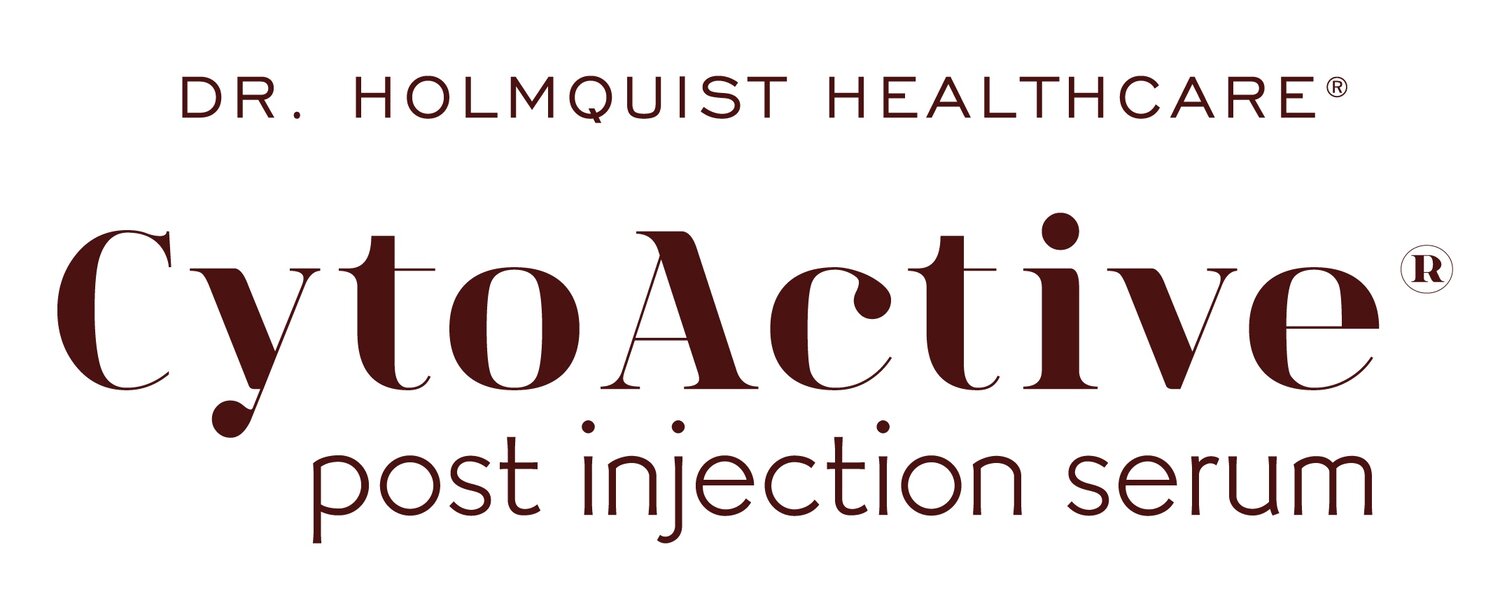The Science Of Bruising - Part 1
Part 1: An Introduction to Bruising
Part 2: Contusions vs. Ecchymoses – The Different Types of Bruises
Part 3: Common Myths about Bruising
Part 1: An Introduction to Bruising
We’ve all experienced them at some point: sports injuries, post-medical procedures, and even everyday accidents cause them, but how many of us really understand what Bruising is and the science behind it? So whether it’s a few little unsightly black and blue dings from water-skiing, or a whallop of a purple and yellow plate sized bruise caused by a biking accident, bruises can range from the mildly annoying to the downright dangerous. Understanding what bruising is can help understand how to better treat them. Most people don’t realize this, but in many cases, there are ways to reduce bruising and even speed along their recovery.
What is Bruising anyway?
The two most used medical terms are contusions and ecchymoses. Contusions which are injuries to the skin or “lower” tissue that cause tiny blood vessels or capillaries to be damaged or broken. The immediate reaction is a reddish color, and then bruises typically turn bluish or purple after a day or two. The discoloration and raising of the skin in bruises is the result of blood seeping from injured vessels into the surrounding tissues. Bruises can occur at the level of skin, subcutaneous tissues, muscles, or in severe cases, bones. When these tissues are distressed, as in an impact injury, it can cause capillaries to break and blood to escape and build up or “pool”. This blood seeps into surrounding tissues and subcutaneous skin, where the bruise then develops by becoming dark and spreading outward. Although some minor bruises are painless, especially those on thick areas of the body such as buttocks or thighs, even small minor bruises on tender areas and areas close to bone or nerve endings such as hands or ankles can be painful.
But the body has a funny and fascinating way of protecting itself. When the capillaries or blood vessels are damaged, the body releases a hormone called endothelin that causes the blood vessels to narrow and minimize bleeding. As the endothelin hormone diminishes after release, normal clotting factors called the von Willebrand factor, initiates coagulation and clotting. This plugs the bleeding which allows the tissue to restore itself to normal conditions.
So, why all the discoloration?
While the body is repairing itself as described above, bruises – especially larger bruises – tend to change color. This discoloration happens because of the breakdown of hemoglobin that escapes from red blood cells to the outside.
Bruises can be dramatic! Starting with a reddish color, blues, purples, greens and yellows are all common colors of what can take weeks to clear up. These colors are caused by something called phagocytosis, which in essence is the escaped blood breaking down and mixing with other components in the body – specifically biliverdin, bilirubin, and hemosiderin. While the hemoglobin (blood) produces the red-blue color in bruises, biliverdin produces a green tint, bilirubin yellow, and hemosideran a golden brown. Over time, as these components in the body begin to break down the released blood, most bruises will diminish then disappear in a matter of several days to 3 weeks. In many cases, the underlying tissue has already healed and what you are seeing are just the remnants from the injury.
Bruises may be something we have all experienced, but we don’t need to take them for granted. While most of them are not life threatening, those with existing medical conditions – those with compromised immune systems or clotting disorders for example, they can add complications and e to existing medical problems, slow down general healing, and exaggerate other medical problems. For most of us however, bruises may not be life threatening, but they can be painful, unsightly, and annoying. Understanding bruising is the first step in knowing how to best treat them.
If you find this information beneficial, follow the additional releases on our blog, and click here to learn more about how Bruise Relief ® products work.

